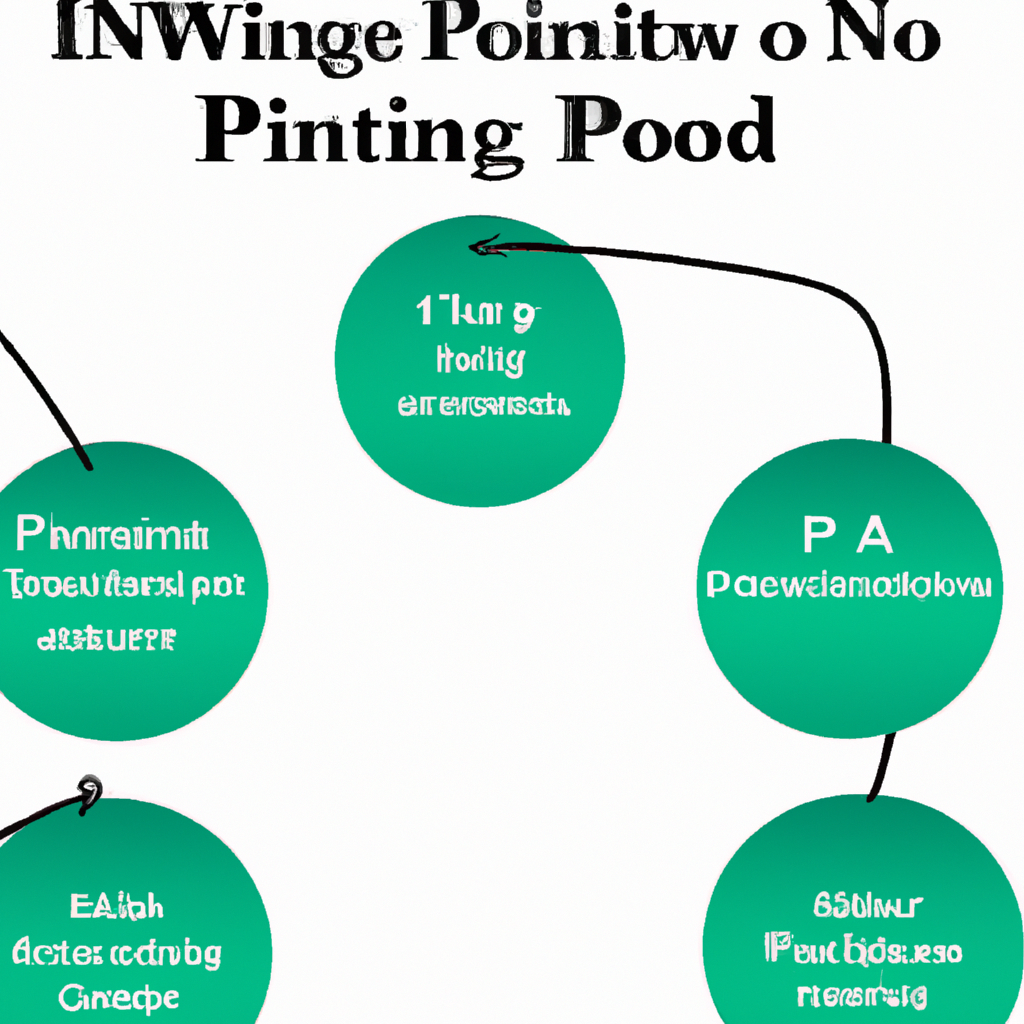How to Invest in IPOs
Introduction
Investing in Initial Public Offerings (IPOs) can be an exciting opportunity for investors to get in on the ground floor of a newly listed company. However, it is important to approach IPO investing with caution and a well-informed strategy. In this article, we will discuss the steps to invest in IPOs and some key considerations to keep in mind.
Step 1: Research the Company
Before investing in an IPO, it is crucial to thoroughly research the company going public. Look for information about its business model, financial performance, competitive landscape, and growth prospects. Read the company’s prospectus, which provides detailed information about the IPO, including the company’s history, risks, and future plans. Analyze the company’s industry and market trends to understand its potential for long-term success.
Step 2: Evaluate the IPO Price
Once you have researched the company, it is important to evaluate the IPO price. The IPO price is determined by the company and its underwriters based on market demand and valuation. Compare the IPO price to the company’s financials and industry peers to assess whether it is reasonably priced. Keep in mind that IPOs can sometimes be overvalued due to hype and investor excitement, so it is crucial to exercise caution and not get caught up in the frenzy.
Step 3: Open an Account with a Brokerage
To invest in an IPO, you will need to open an account with a brokerage firm that offers IPO access. Research different brokerage firms and compare their IPO offerings, fees, and account requirements. Ensure that the brokerage you choose has a good reputation and provides reliable trading platforms.
Step 4: Submit an IPO Application
Once you have chosen a brokerage, you can submit an IPO application. The application process may vary depending on the brokerage, but typically involves providing your personal information, including your financial details and investment objectives. Some IPOs may have specific eligibility criteria or restrictions, so make sure to review the requirements before applying.
Step 5: Monitor the IPO Allocation
After submitting your IPO application, it is important to monitor the IPO allocation process. The allocation determines how many shares you will be able to purchase at the IPO price. Keep in mind that IPOs are often oversubscribed, meaning there is more demand for shares than available supply. As a result, you may not receive the full allocation you requested. Stay updated on the IPO’s progress and any updates from your brokerage regarding your allocation.
Step 6: Make an Informed Decision
Once you receive your IPO allocation, it is time to make an informed investment decision. Evaluate your allocation in the context of your overall investment strategy and risk tolerance. Consider the company’s long-term prospects, industry dynamics, and any potential risks. If you are unsure, consult with a financial advisor who can provide guidance based on your individual circumstances.
Conclusion
Investing in IPOs can be an exciting opportunity, but it requires thorough research, careful evaluation, and a well-informed strategy. By following the steps outlined in this article, you can approach IPO investing with confidence and increase your chances of making successful investment decisions. Remember, it is crucial to stay informed, exercise caution, and consider your long-term investment goals before investing in any IPO.



